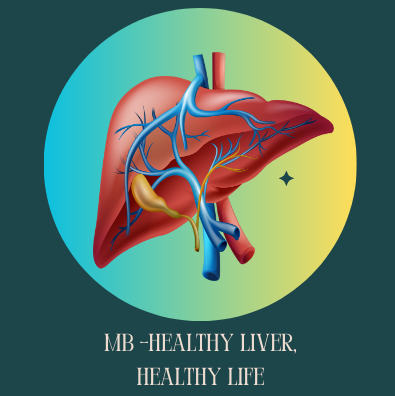Exploring the Triple Threat: NAFLD, Hypertension, and Cardiovascular Diseases Unraveled
Exploring the Triple Threat: NAFLD, Hypertension, and Cardiovascular Diseases Unraveled
In recent years, researchers have been increasingly interested in the relationships between non-alcoholic fatty liver disease (NAFLD), hypertension, and cardiovascular diseases (CVD). These health issues are interlinked in complex ways, and understanding their connections has important implications for future research and public health.
Understanding NAFLD, Hypertension, and CVD
Non-Alcoholic Fatty Liver Disease (NAFLD) is a condition where fat accumulates in the liver without excessive alcohol consumption. It ranges from simple steatosis (fatty liver) to non-alcoholic steatohepatitis (NASH), which can progress to cirrhosis and liver cancer.
Hypertension, commonly known as high blood pressure, is a condition where the force of blood against artery walls is consistently too high. It’s a major risk factor for cardiovascular diseases, which include heart attacks, strokes, and other conditions affecting the heart and blood vessels.
Cardiovascular Diseases (CVD) encompass a range of heart and blood vessel disorders. These diseases are the leading cause of death globally, making their connection with other health conditions, such as NAFLD and hypertension, a critical area of study.
The Interconnected Relationship
- NAFLD and hypertension:
- Research shows that NAFLD is commonly associated with hypertension. The liver plays a key role in regulating blood pressure, and fat accumulation in the liver can impair its function, leading to increased blood pressure.
- Inflammatory processes in NAFLD can also contribute to the development of hypertension. The liver’s inflammation can release substances that promote blood vessel constriction and increased blood pressure.
- NAFLD and cardiovascular diseases:
- People with NAFLD are at a higher risk of developing CVD. The presence of fatty liver disease is often an indicator of underlying metabolic issues such as insulin resistance, which is a known risk factor for heart disease.
- NAFLD can contribute to the development of atherosclerosis (hardening of the arteries) through systemic inflammation and oxidative stress, both of which damage blood vessels and promote plaque formation.
- Hypertension and cardiovascular diseases:
- Hypertension is a well-established risk factor for cardiovascular diseases. High blood pressure causes strain on the heart and blood vessels, leading to conditions such as heart failure, heart attacks, and strokes.
- Managing hypertension is crucial for preventing CVD. However, the presence of NAFLD can complicate hypertension management due to its associated metabolic disturbances.
Implications for Future Research
Understanding the causal relationships between NAFLD, hypertension, and CVD can pave the way for better prevention and treatment strategies. Here are some key areas where future research could make a significant impact:
- Mechanistic Studies:
- Investigating the biological mechanisms linking NAFLD to hypertension and CVD is essential. Understanding how liver fat accumulation affects blood pressure regulation and cardiovascular health can reveal new therapeutic targets.
- Longitudinal Studies:
- Long-term studies following individuals with NAFLD can provide insights into the progression of hypertension and CVD. Such studies can help determine whether treating NAFLD can reduce the risk of developing these conditions.
- Integrated Treatment Approaches:
- Exploring combined treatment strategies that address NAFLD, hypertension, and CVD simultaneously can improve patient outcomes. For instance, lifestyle interventions that promote weight loss, healthy eating, and regular exercise can benefit all three conditions.
- Genetic and environmental factors:
- Research into genetic predispositions and environmental influences on the development of NAFLD, hypertension, and CVD can identify at-risk populations and inform personalized treatment plans.
- Public Health Strategies:
- Developing public health initiatives to raise awareness about the interconnectedness of NAFLD, hypertension, and CVD is crucial. Early detection and intervention programs can help manage these conditions before they progress to more severe stages.
Conclusion
The complex relationship between non-alcoholic fatty liver disease, hypertension, and cardiovascular diseases underscores the need for comprehensive research and integrated healthcare approaches. By delving deeper into the causal links and developing targeted interventions, we can improve the health and quality of life for millions of people affected by these conditions. Understanding and addressing these connections not only has the potential to enhance individual health outcomes but also to reduce the global burden of cardiovascular diseases.
 https://analytics.google.com/analytics/web/#/analysis/p405220706
Skip to content
https://analytics.google.com/analytics/web/#/analysis/p405220706
Skip to content 

3 thoughts on ““Exploring the Triple Threat: NAFLD, Hypertension, and Cardiovascular Diseases Unraveled””